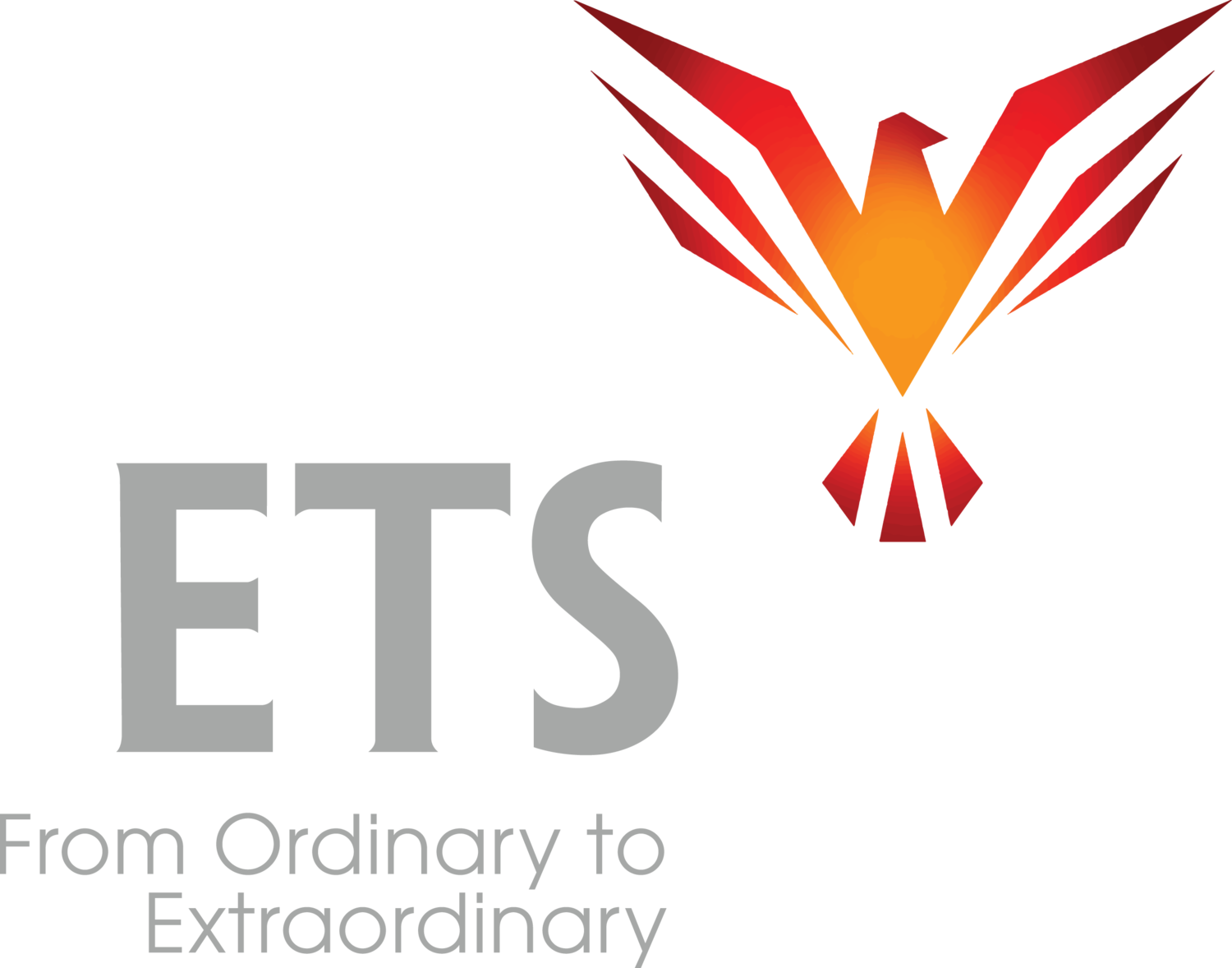Last week I wrote about Victor, a VP I was coaching on Executive Presence. I wrote about the effect Victor’s facial expressions were having on others and how it diminished his Executive Presence.
Victor’s BIGGEST realization was when he saw a screenshot of his face during a moment he didn’t think he had any facial expression, when he was feeling neutral, not one way or the other, not positive or negative, not really feeling anything.
What shocked Victor when he saw his face was that his “neutral” expression looked COLD.
People don’t realize that when you put a neutral expression on your face, you look cold. Try it in the mirror and see for yourself. Get your neutral face on and then look.
Neutral has no warmth in it. Zero.
And no warmth equals cold. There’s no way around it.
When it comes to human relationships, neutral leaves them cold about you. Possibly even defensive. You are discouraging them from warming up to you.
